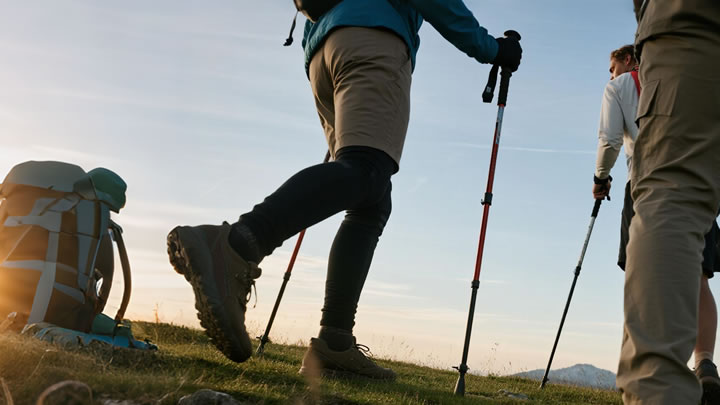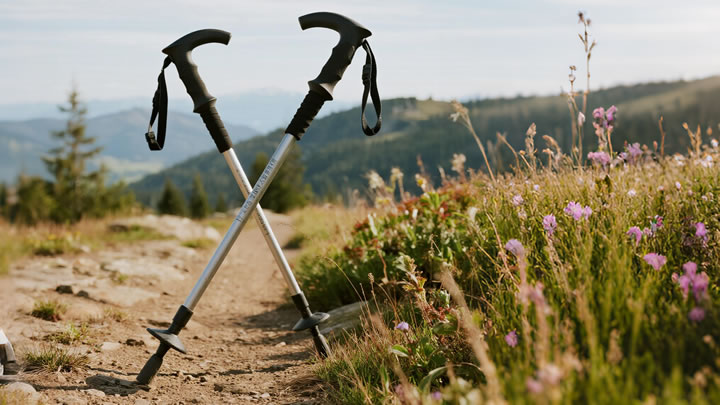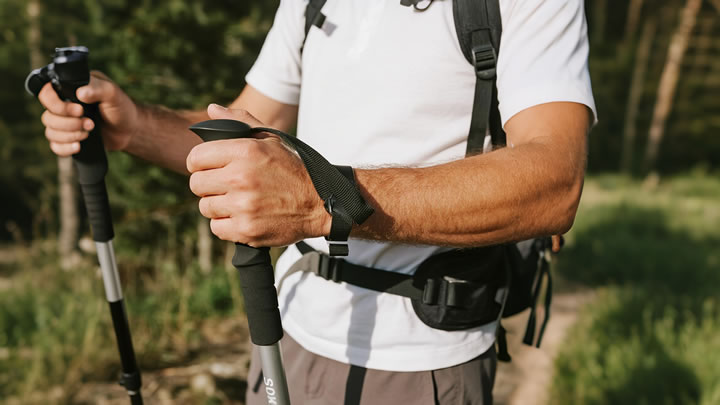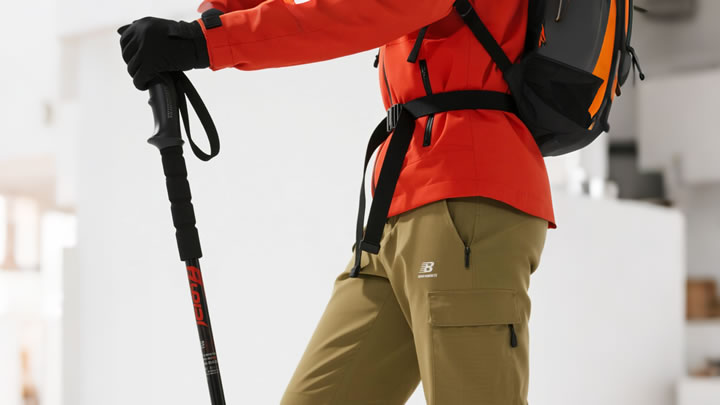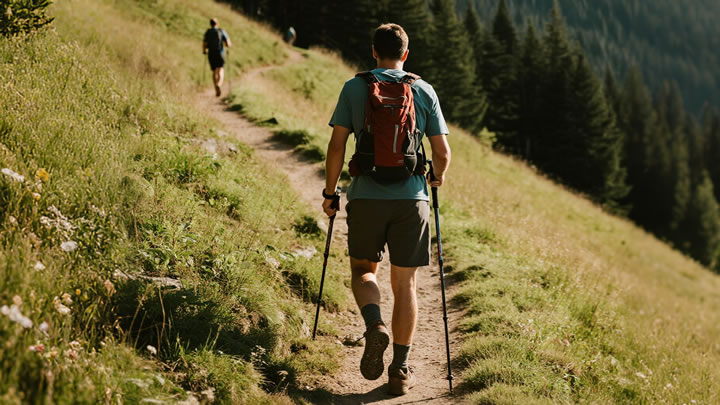How do trekking poles assist in downhill hiking?
Downhill hiking transforms joints into shock absorbers, generating forces 3–8x body weight with each step. Trekking poles counter this through biomechanics and physics, reducing knee impact by 20–30% while preventing slips and falls. Here’s the science-backed breakdown of their critical role in descents:
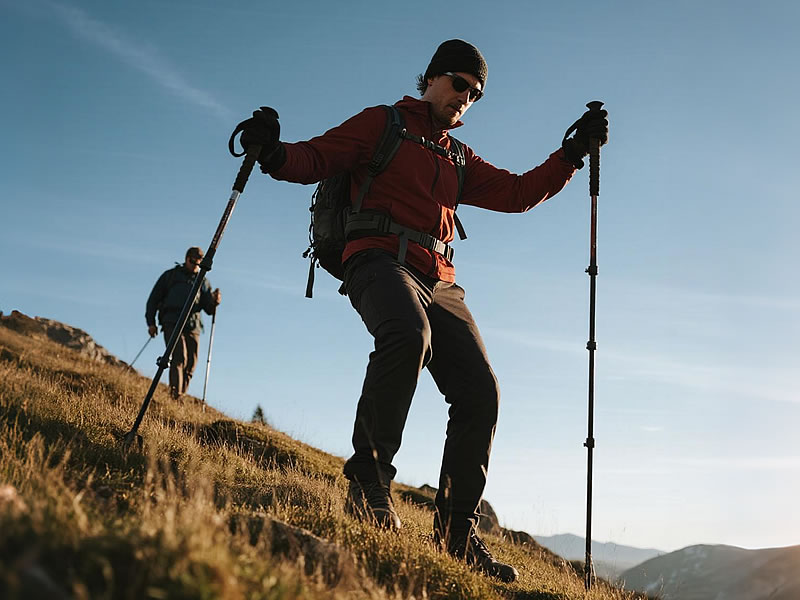
⚡️ The Physics: How Poles Redistribute Destructive Forces
- Impact Absorption:Poles transfer 500–700N of force per step from knees to arms (University of Salzburg biomechanics lab).Carbon fiber poles dampen vibrations 40% better than aluminum, reducing joint microtrauma.
- Torque Neutralization:Planting poles at 15–20° backward angles creates counter-rotation, stabilizing hips/knees on uneven terrain.
- Center of Gravity Control:Leaning back against poles lowers your CG by 10–15cm, preventing forward tumbles.
🛤️ Terrain-Specific Techniques for Steep Descents
| Slope Grade | Pole Technique | Biomechanical Benefit |
|---|---|---|
| Moderate (10–20°) | Plant poles alongside feet; sync with gait | Reduces knee load by 25% |
| Steep (20–30°) | Lengthen poles 10cm; plant ahead → lean back | Engages lats/triceps for braking |
| Extreme (>30°) | "Anchor Mode": Plant both poles → step down to them | Eliminates uncontrolled slides |
| Loose Scree | Probe at 45° → commit weight only after stability check | Prevents sinking/ankle rolls |
📊 Gear Optimization: Essentials for Downhill Dominance
- Pole Length Adjustability:Critical Range: 125–135cm for average heights (e.g., LEKI’s Speed Lock 2 system).
- Tip Design:Carbide > Rubber: 78% better rock/ice penetration (Black Diamond lab tests).Baskets: Wide mud baskets prevent sinking in soft soil.
- Shock Absorption Systems:Spring-loaded (e.g., LEKI Micro Vario) reduce peak impact forces by 19%.
⚠️ Critical Mistakes to Avoid
- Locked Elbows: Causes joint strain → maintain 15–20° bend.
- Dragging Poles: Wastes energy → lift between plants.
- Over-Reaching: Plants beyond 50cm ahead destabilize posture.
- Improper Strap Use: Tight straps limit blood flow → use "up-through" method.
💡 Pro Techniques from Mountain Guides
- The "Triangulation" Method:Plant poles + downhill foot in a triangle → move uphill foot last for maximum stability.
- Rhythmic Breathing Sync:Exhale forcefully on pole strike to engage core muscles.
- Emergency Self-Arrest:Jam poles under armpits and lean back to stop slides on gravel/snow.
📉 Real-World Impact: Injury Reduction Data
2024 Swiss Alpine Club Study (500 hikers):
- Pole users experienced:62% fewer knee injuries47% reduced fall frequencyQuadriceps soreness 3.2/10 vs. 7.1/10 in non-users
✅ The Verdict: Why Poles Are Non-Negotiable for Descents
Trekking poles transform dangerous downhills into controlled descents by:
- Redirecting destructive forces from joints to upper body
- Creating dynamic anchors for stability on loose terrain
- Enabling precision movement through proactive probing
"On Nepal’s Annapurna Circuit, my poles absorbed 1,200m of descent daily. Without them, my knees would’ve quit in 3 days." — Anya Petrova, IFMGA Guide
Optimal Setup for Steep Terrain:
- Adjustable carbon poles (125–140cm range)
- Carbide tips + removable powder baskets
- Ergonomic cork grips (e.g., Komperdell C3)
Final Tip: Practice "silent descent" drills: If poles scrape, you’re dragging. If they thud, you’re braking correctly. Master this, and mountains become your playground. ⛰️

